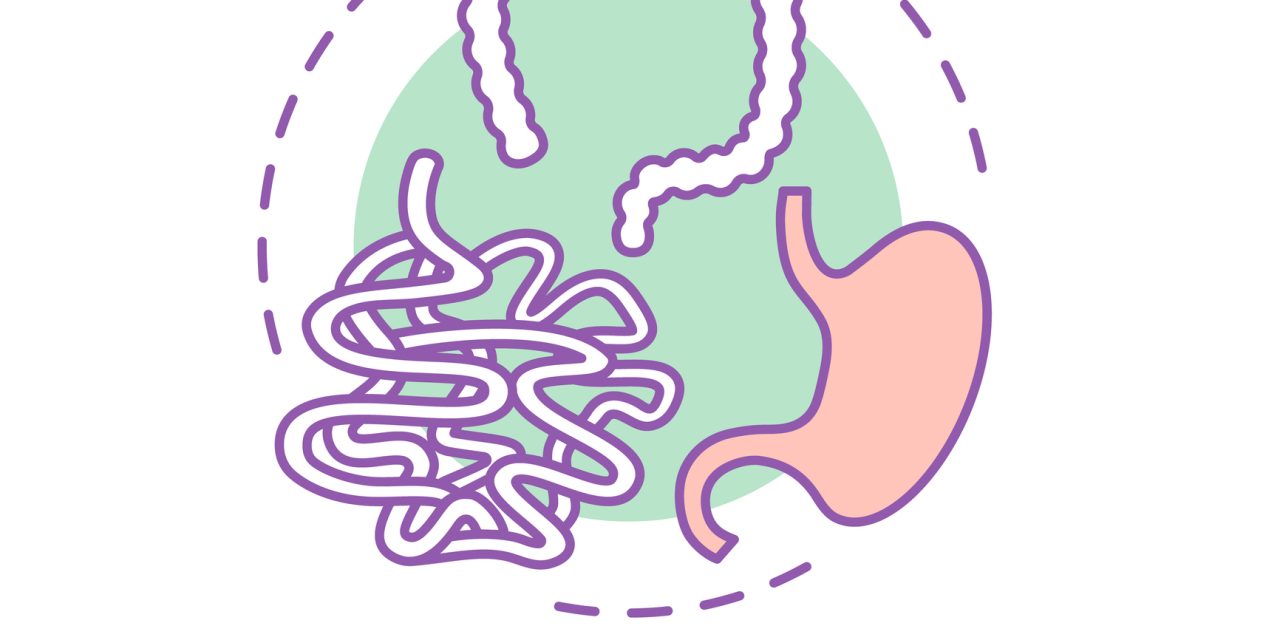The gut hormone cholecystokinin (CCK) is primarily secreted from I-cells in the duodenum and proximal jejunum. CCK secretion is stimulated by food digests and inhibited by proteases from pancreatic juice. CCK regulates digestion and appetite, stimulates pancreatic growth, and participates in pancreatic carcinogenesis. The molecular mechanisms of CCK-induced effects are not fully understood. When the mechanisms are studied in animals, the surgical model of pancreatobiliary diversion (PBD) is frequently used. After animals have had PBD, their CCK secretion is no longer inhibited by pancreas-derived proteases, so circulating CCK is increased. PBD is established in rats and hamsters, but not in mice. In this study, we modified PBD procedures and established the model in the mouse. In an experiment, we performed PBD and sham operation (SO) in two groups of mice (20 mice per group). Twenty days after operation, 75% of the PBD mice and all SO mice survived. When plasma CCK was determined by radioimmunoassay, the PBD group had higher levels than the SO group (p < 0.001). To assess pancreatic growth, we determined pancreatic weight and pancreatic contents of protein and DNA. We also stained pancreatic sections by immunohistochemistry to show the proliferating cells that either expressed the proliferating cell nuclear antigen or were labeled with 5-bromo-2'-deoxyuridine. As a result, the pancreases of the PBD mice were heavier (p < 0.001) and had more protein (p < 0.001), DNA (p < 0.01), and proliferating cells (p < 0.01) than those of the SO counterparts. Thus, pancreatic growth was increased as a result of PBD-induced hypercholecystokininemia. The plasma and pancreatic data demonstrated that the PBD model was a success. This model may be used in CCK-related research. For instance, pancreatic cancer is frequently studied in transgenic mice. PBD may be combined with the cancer model to study the role of CCK in the molecular biology of pancreatic cancer.© 2020 S. Karger AG, Basel.
Pancreatobiliary Diversion in the Mouse.


